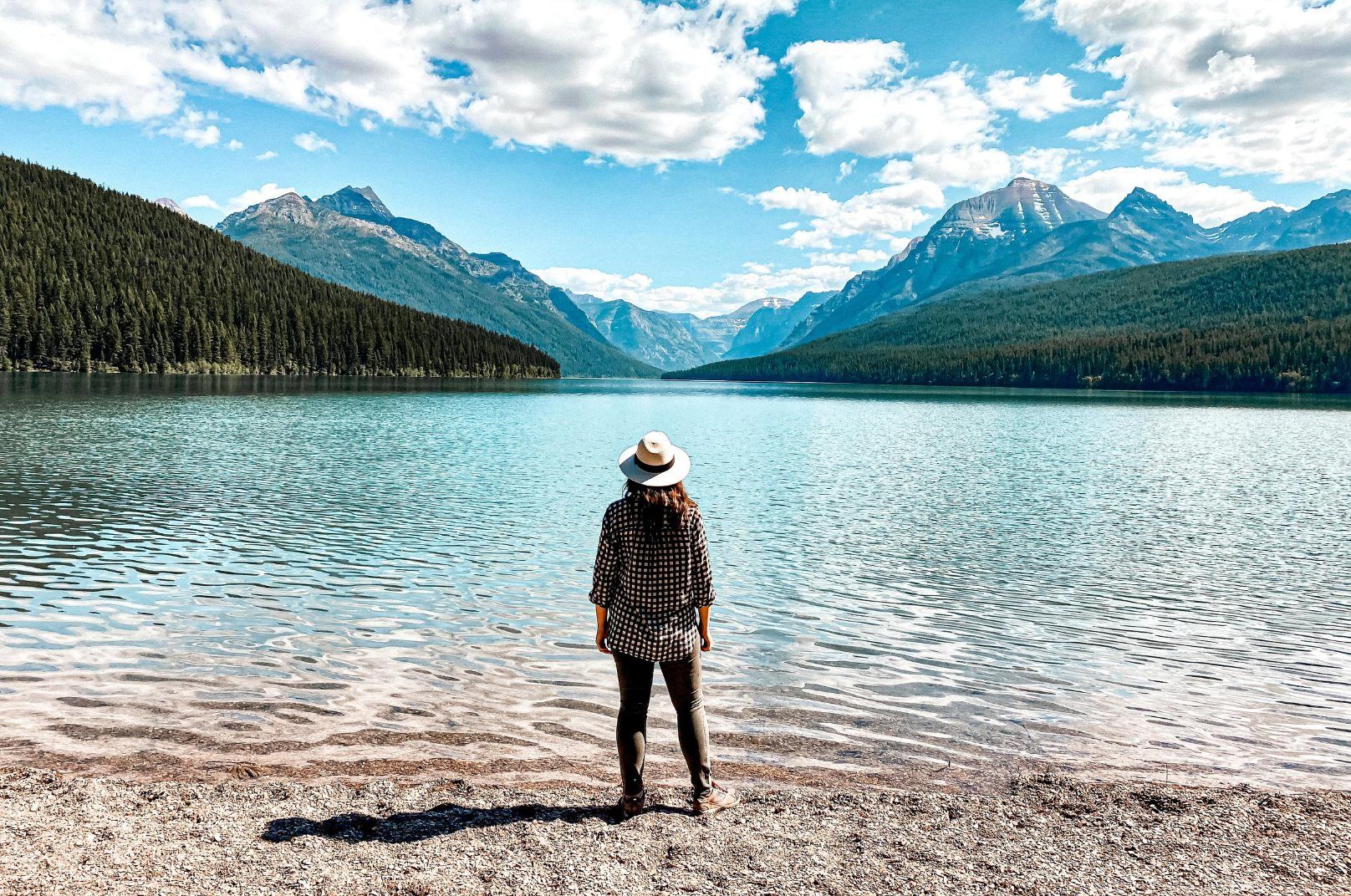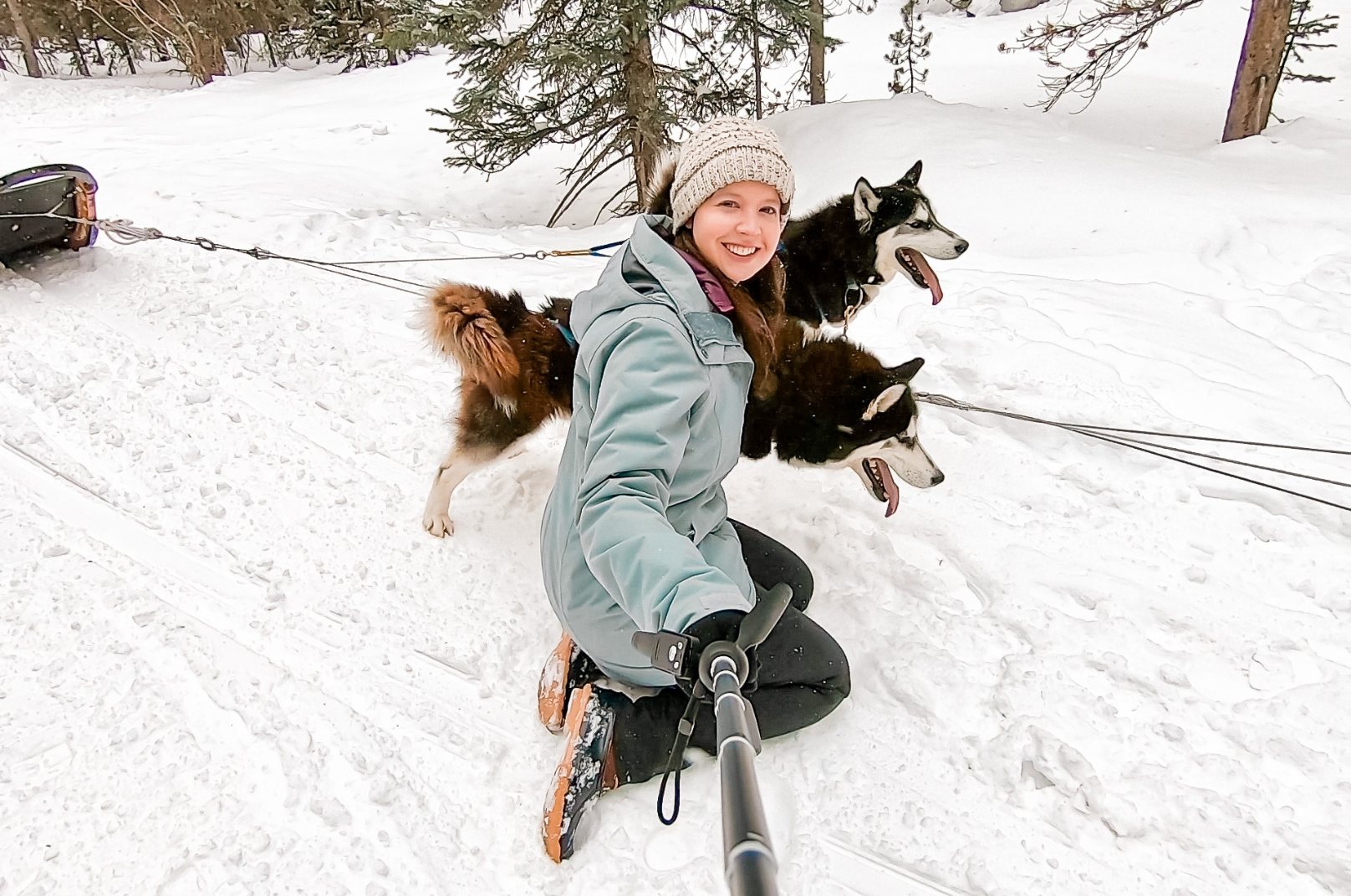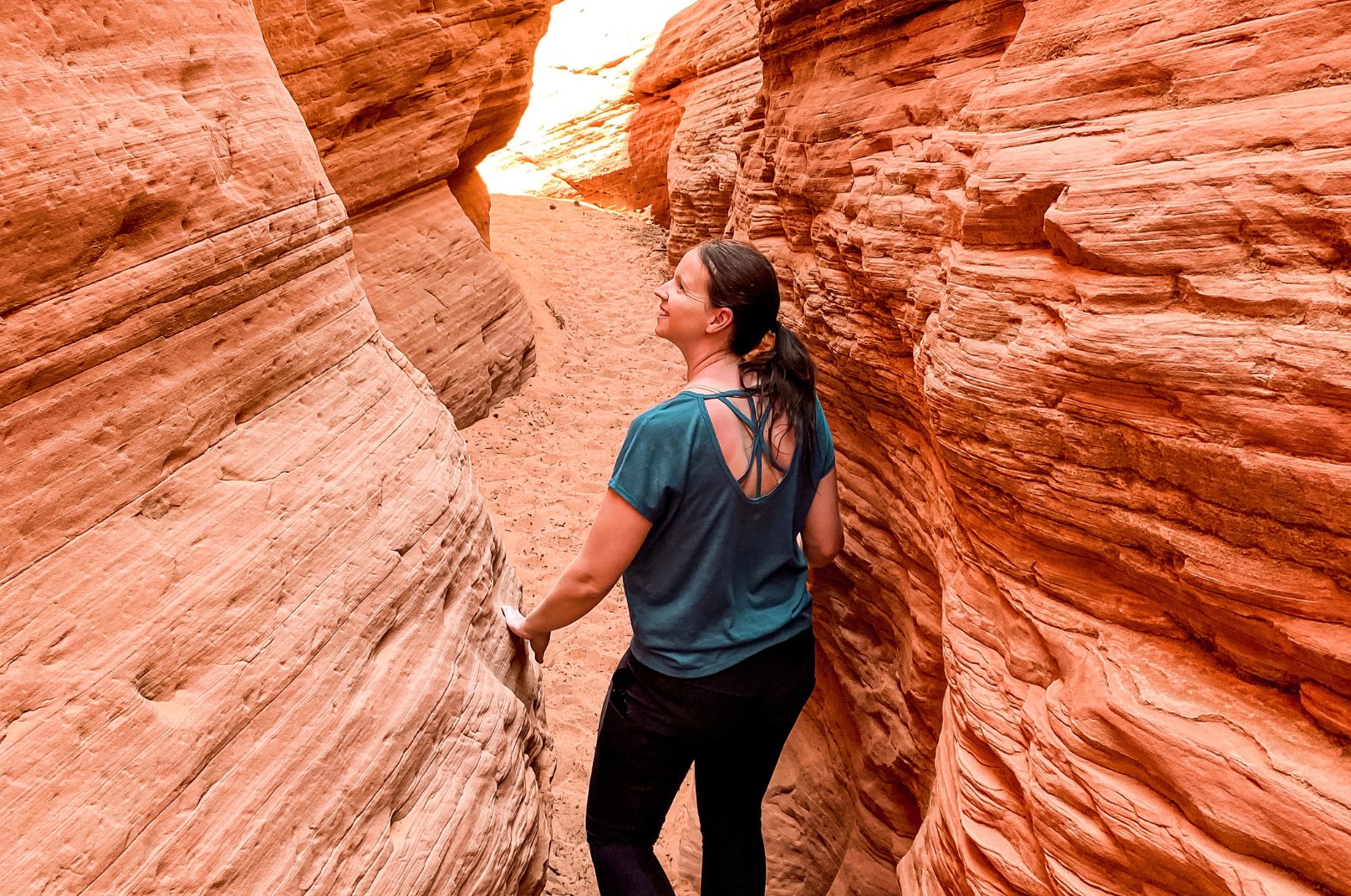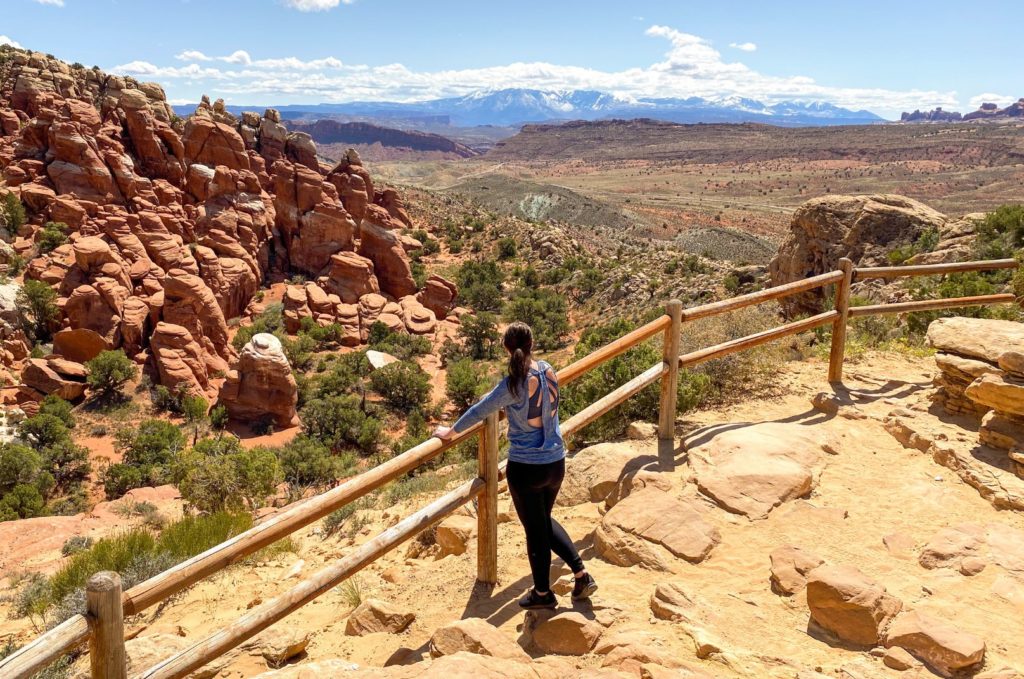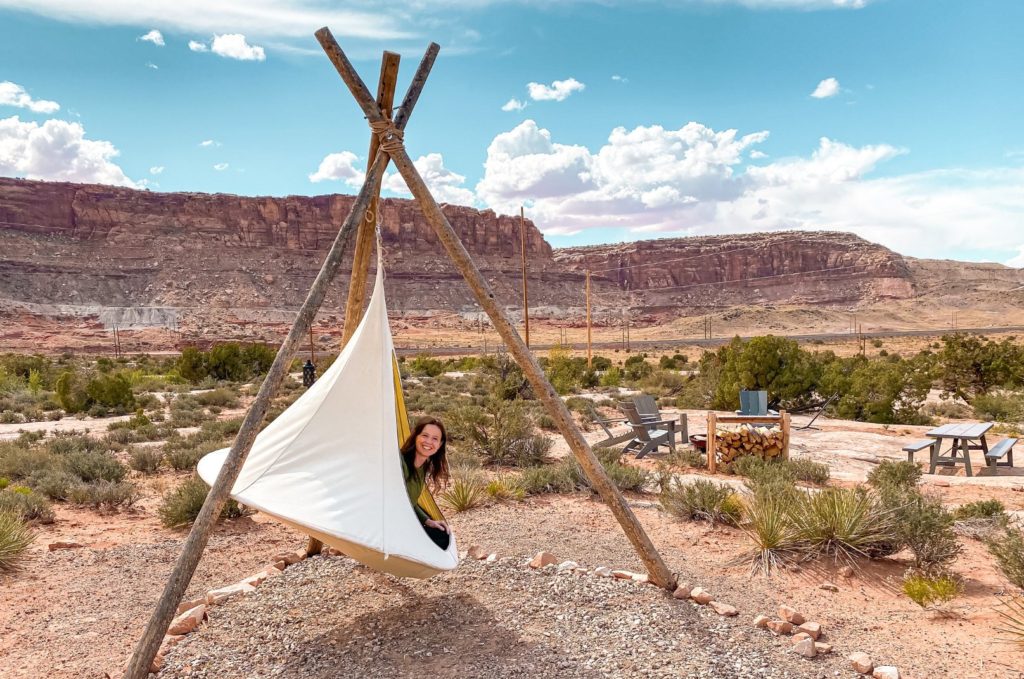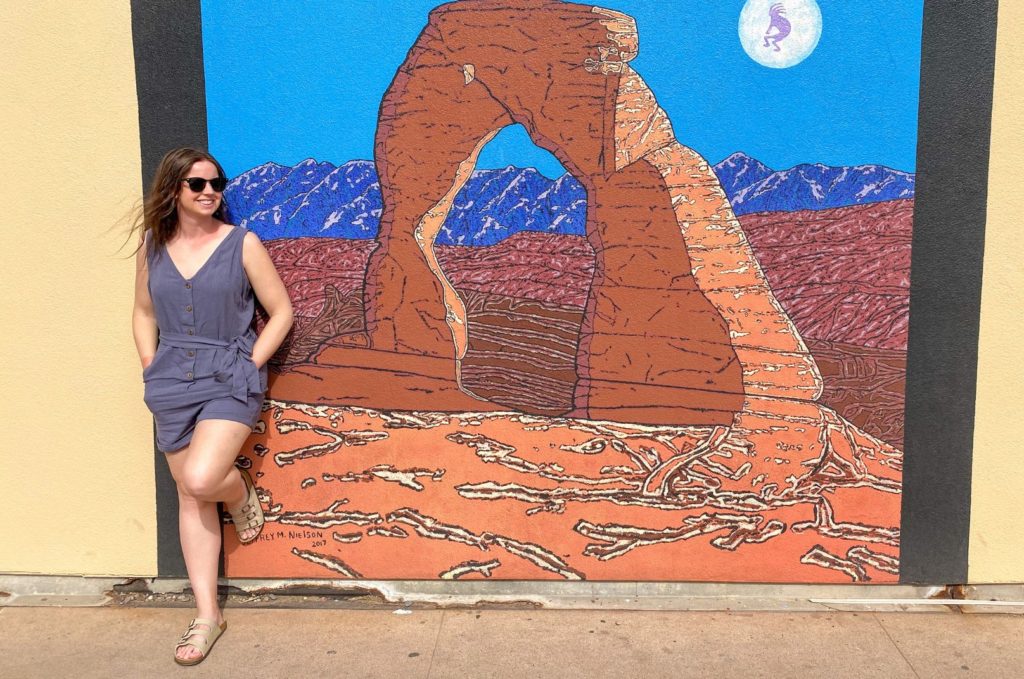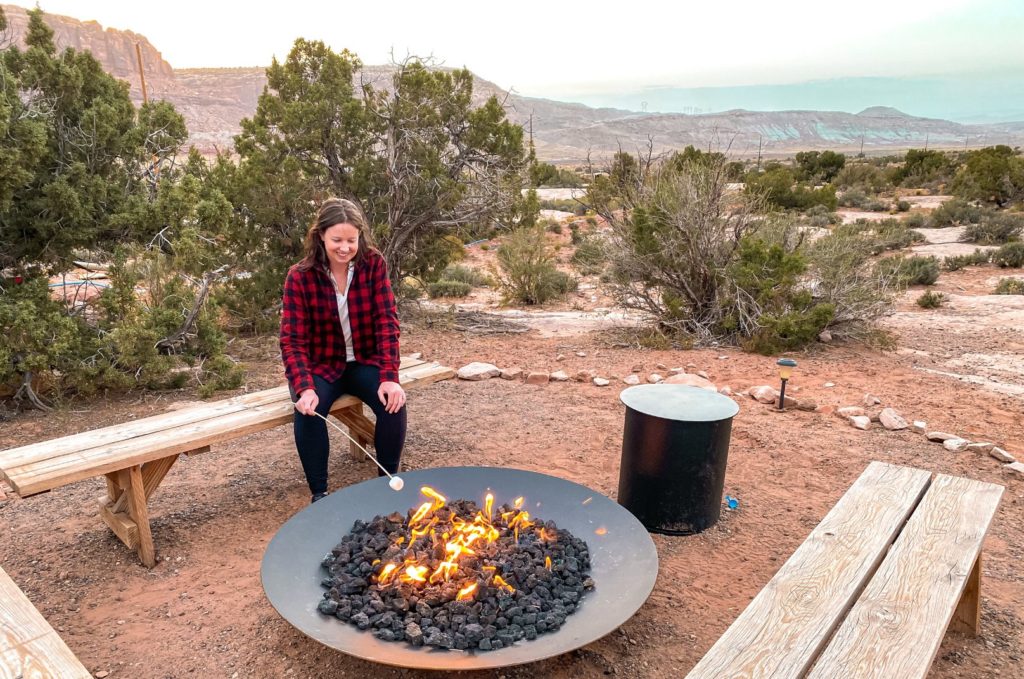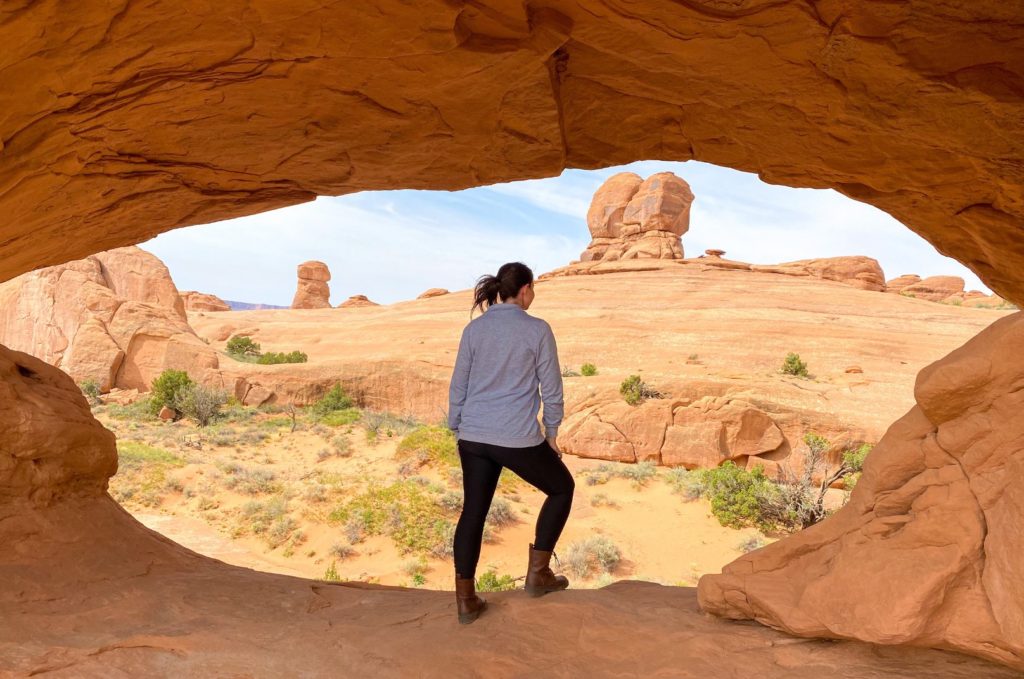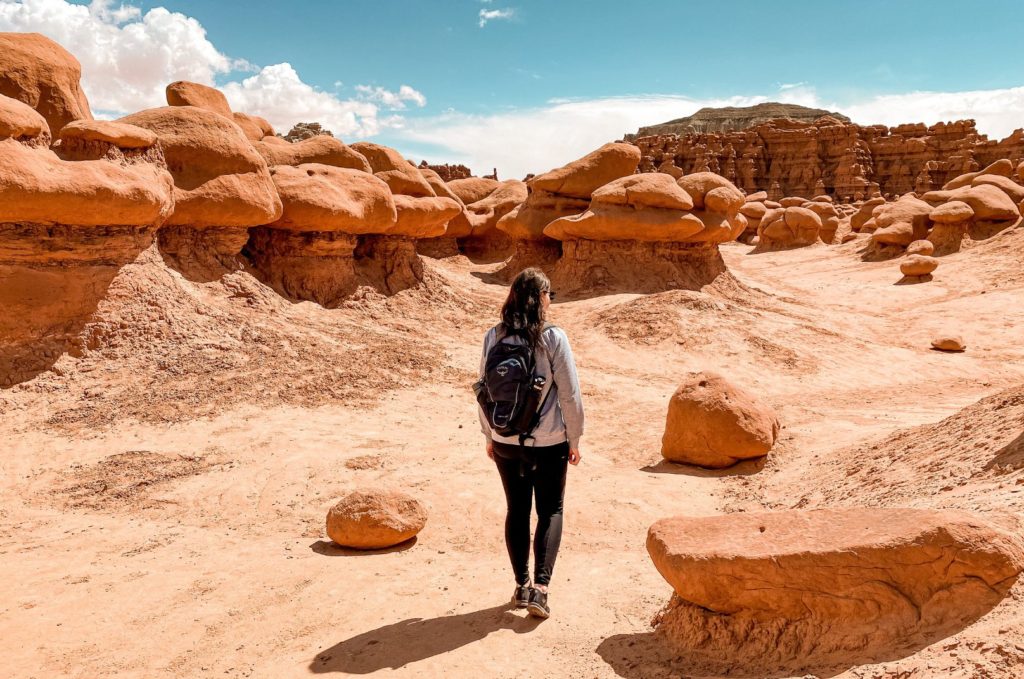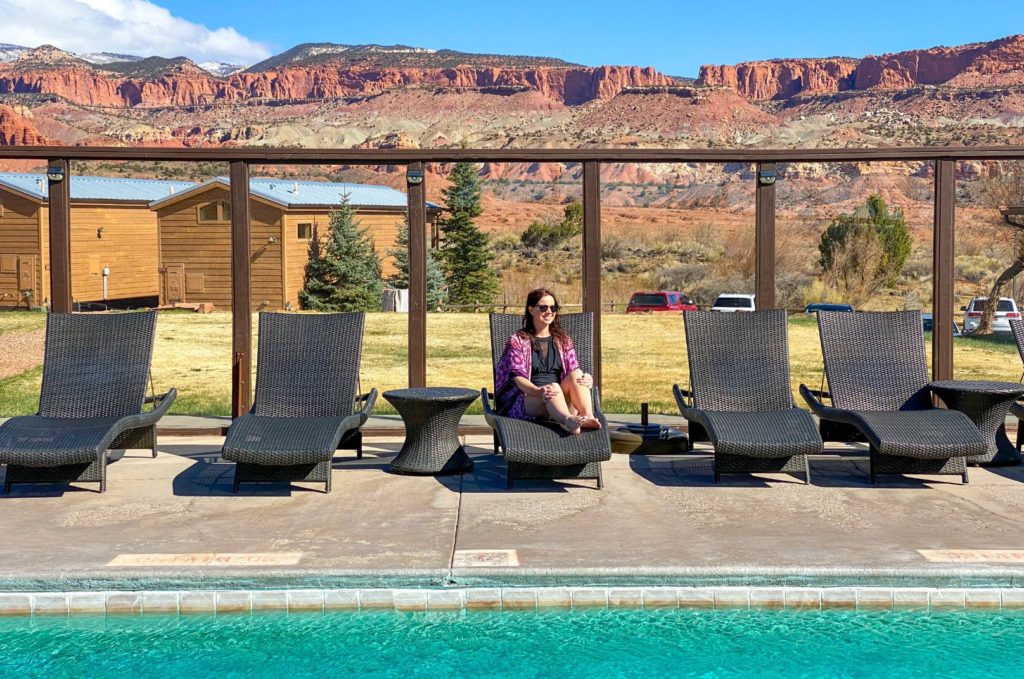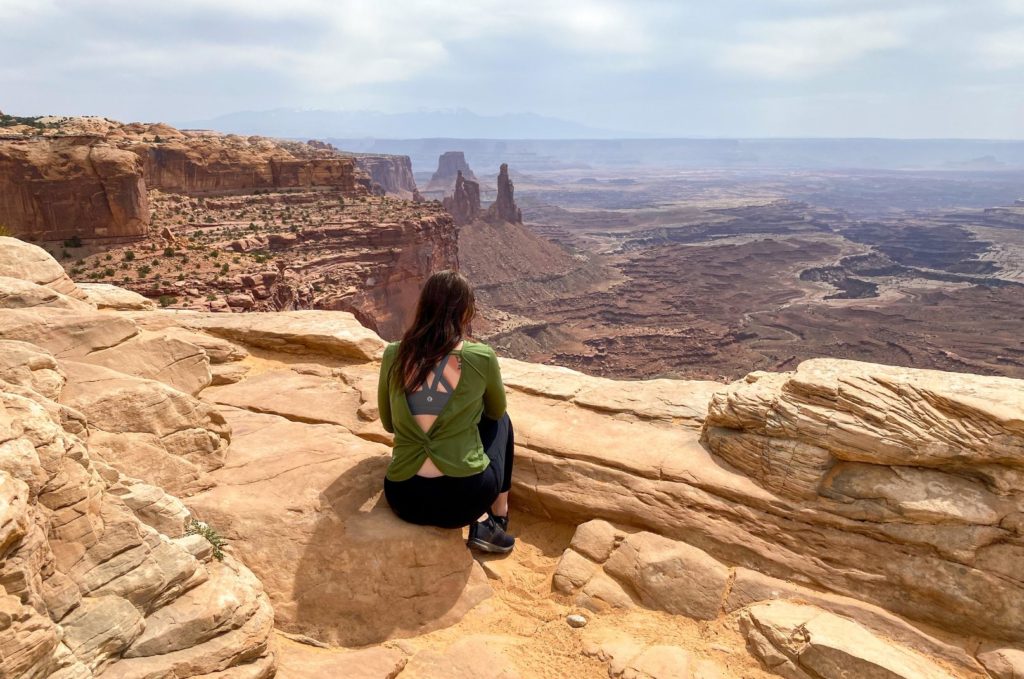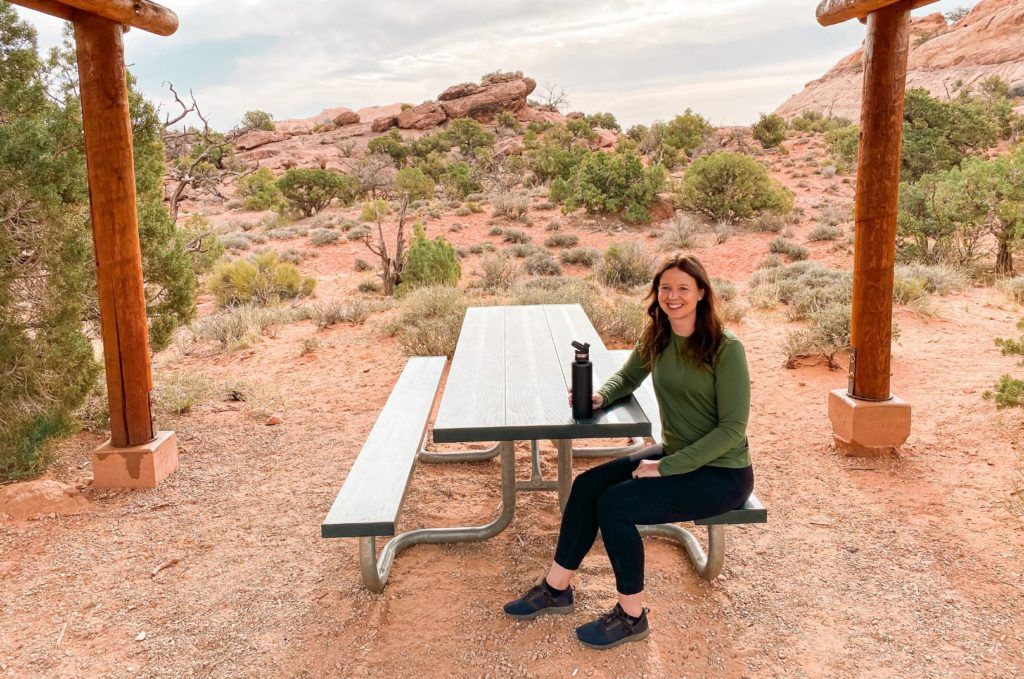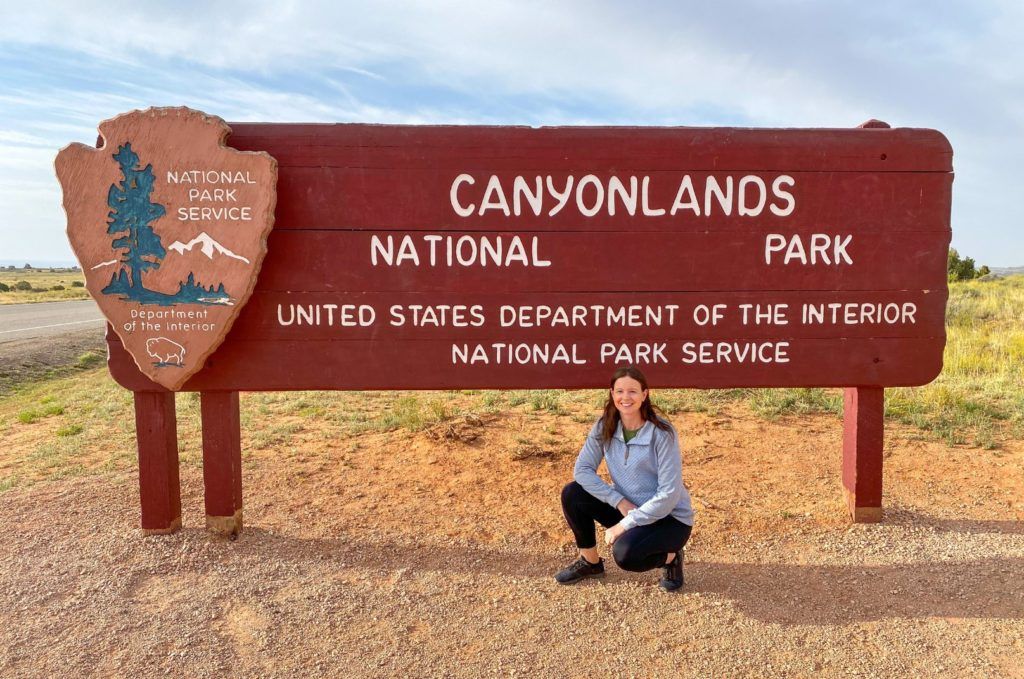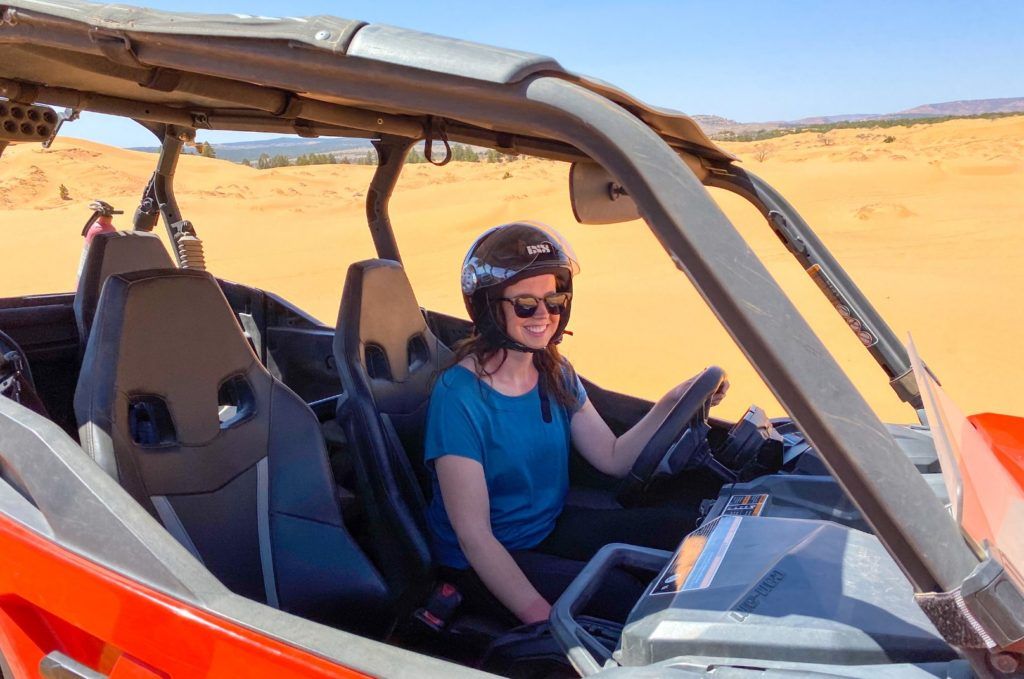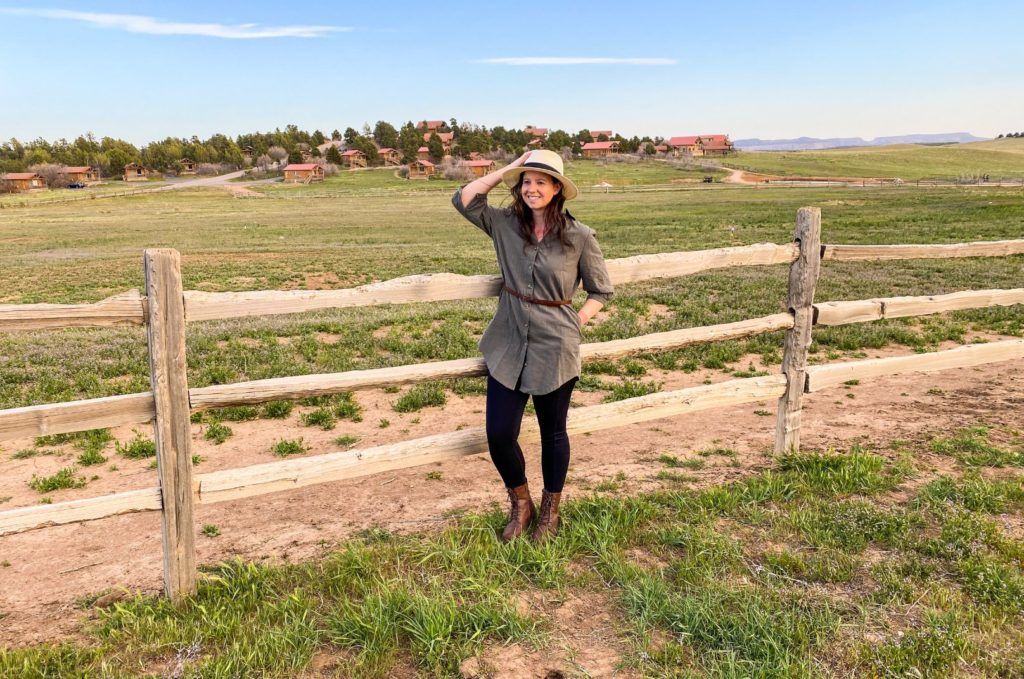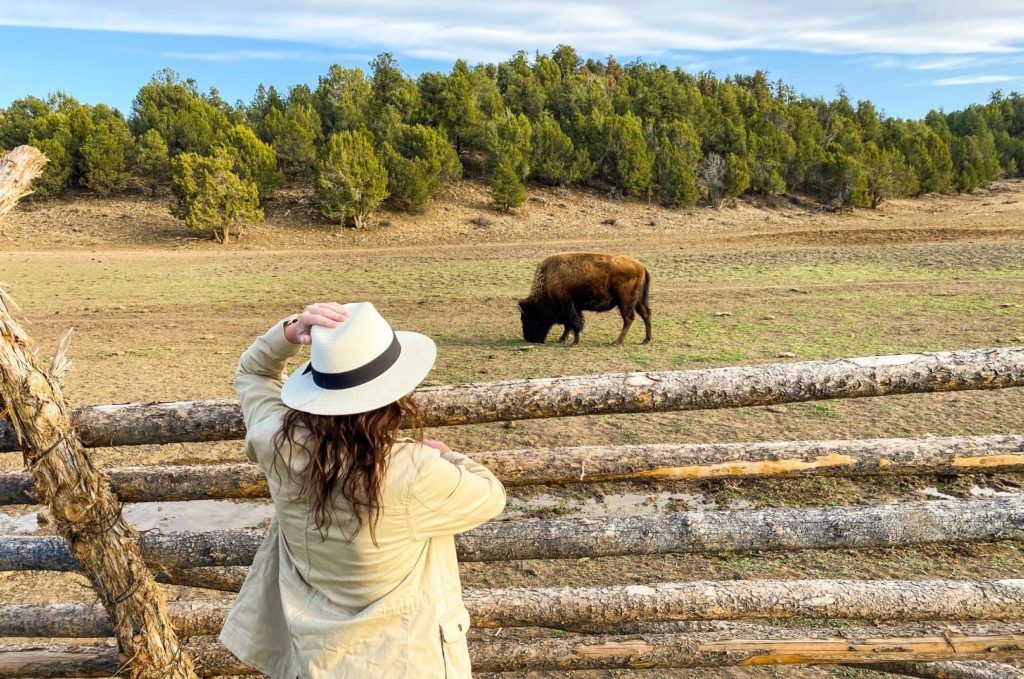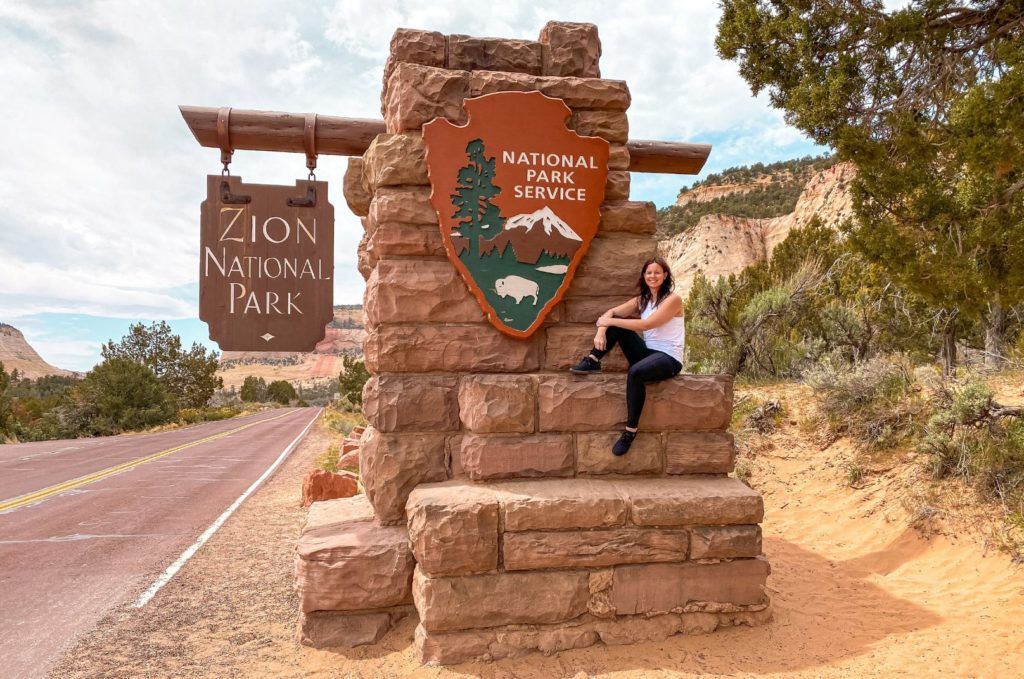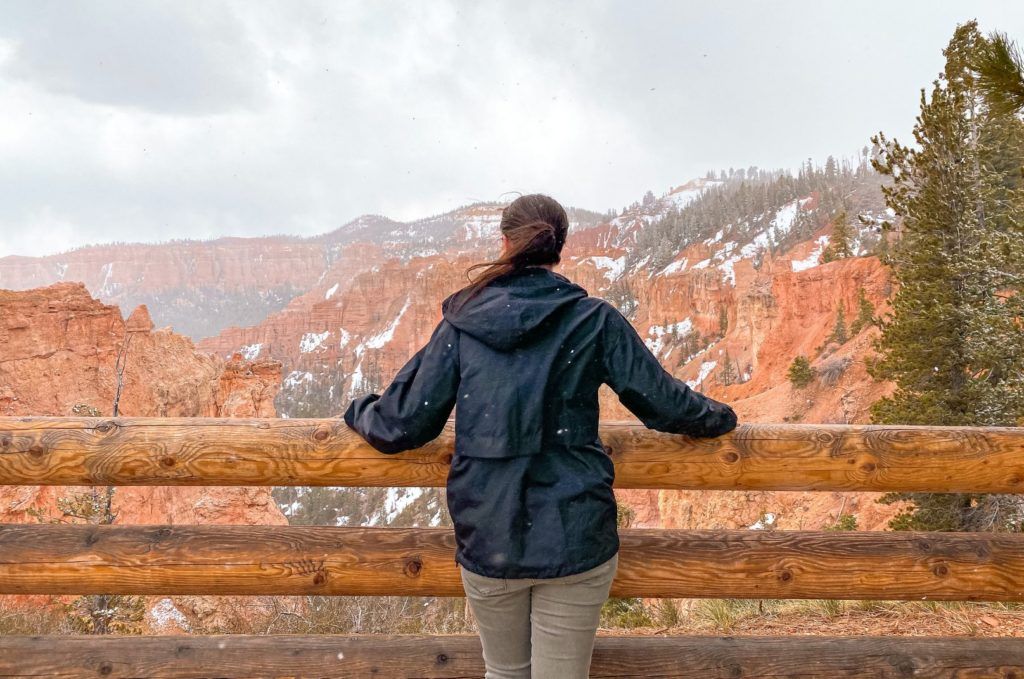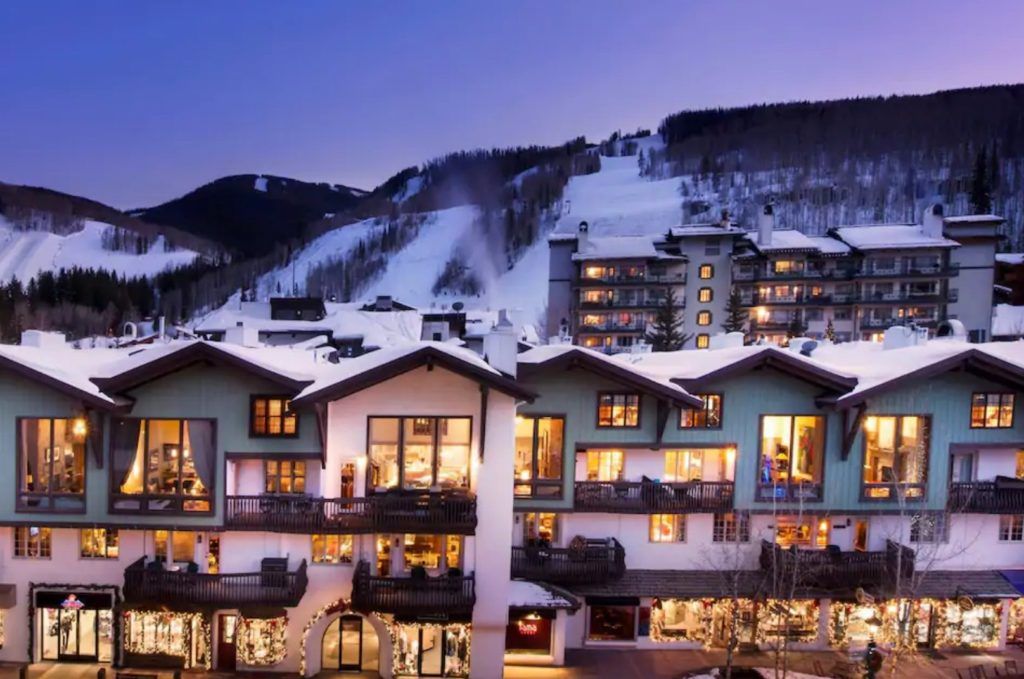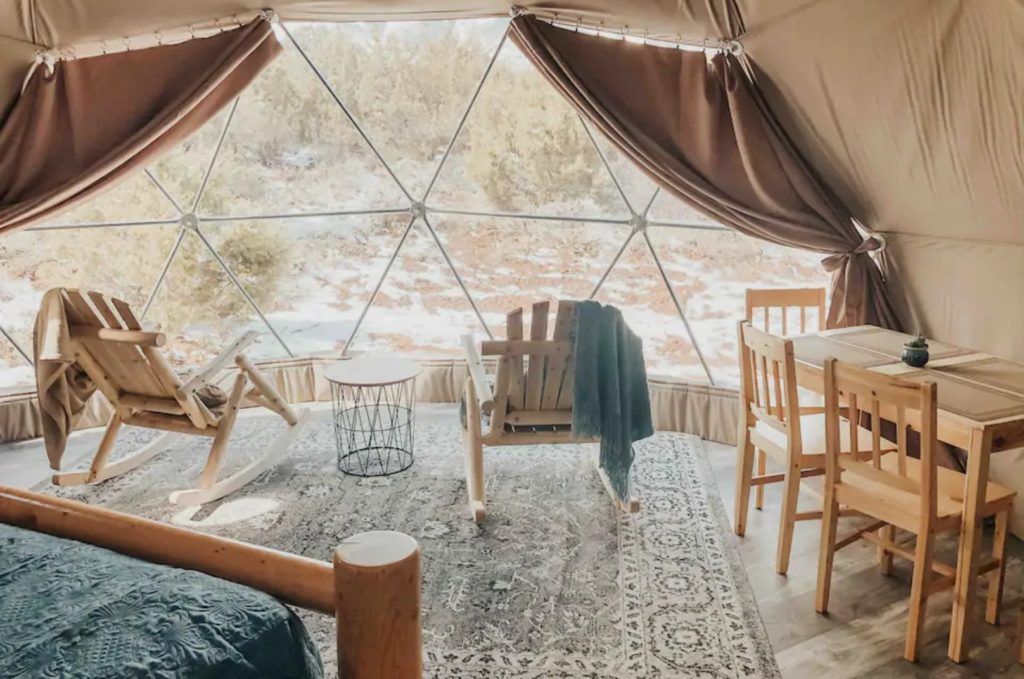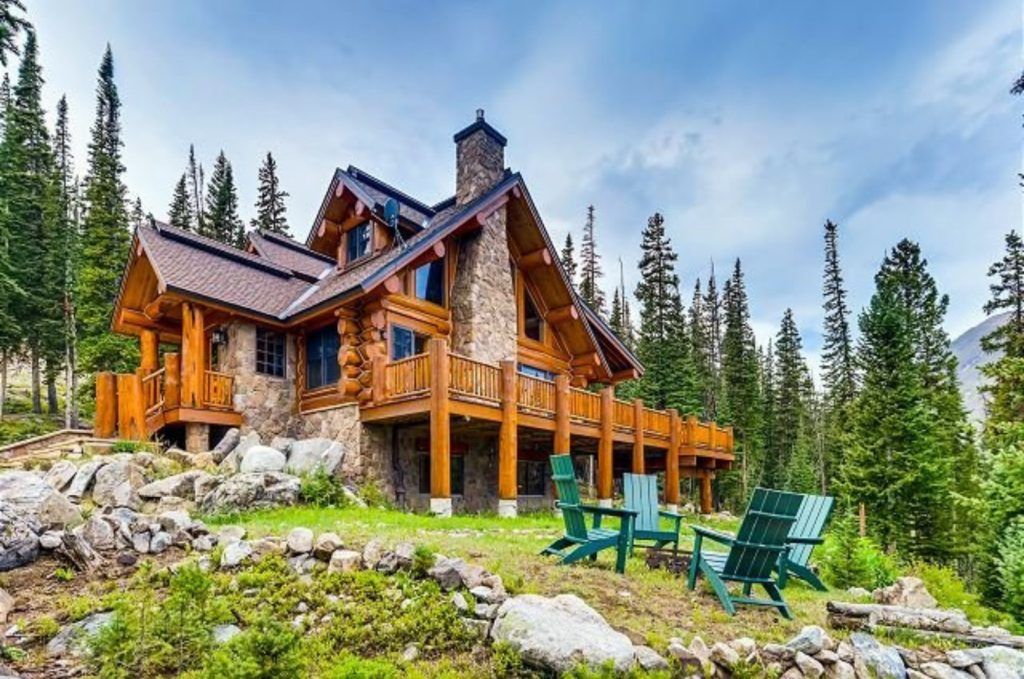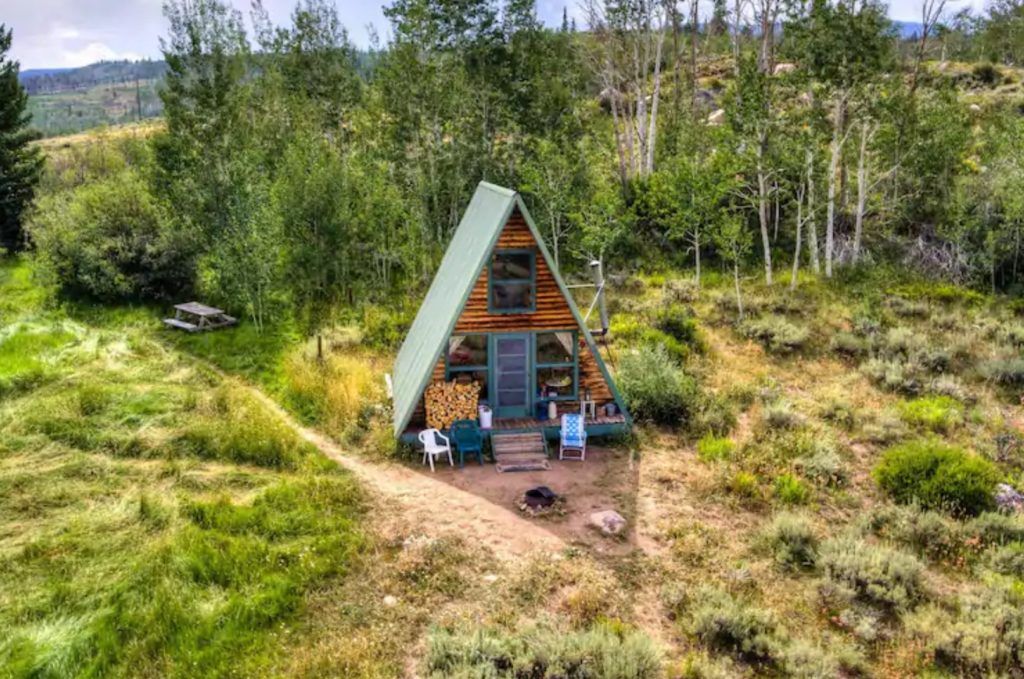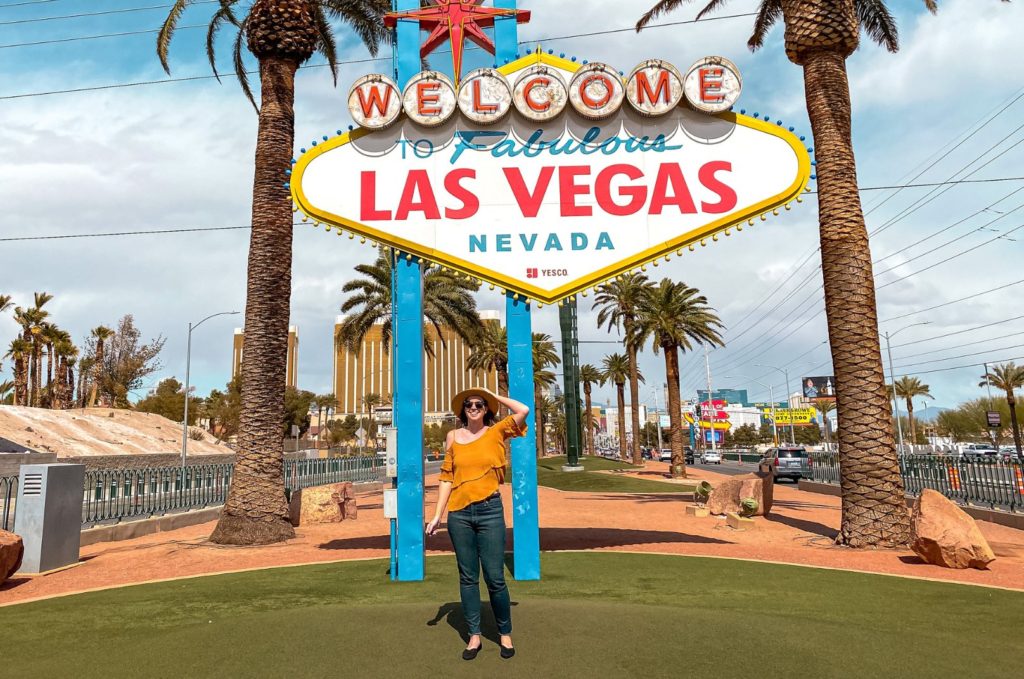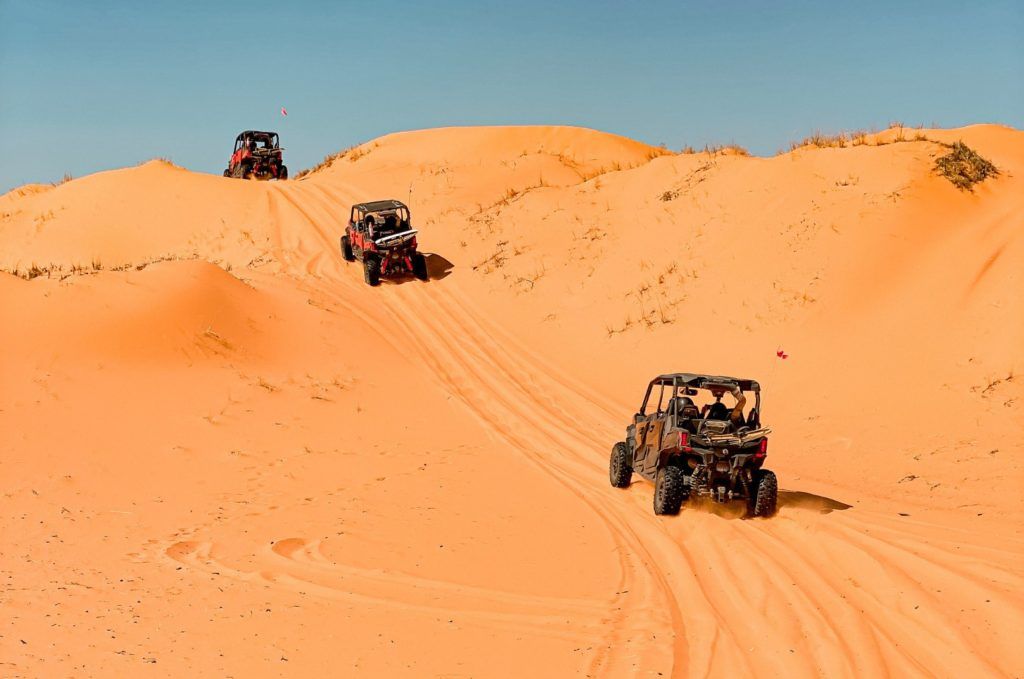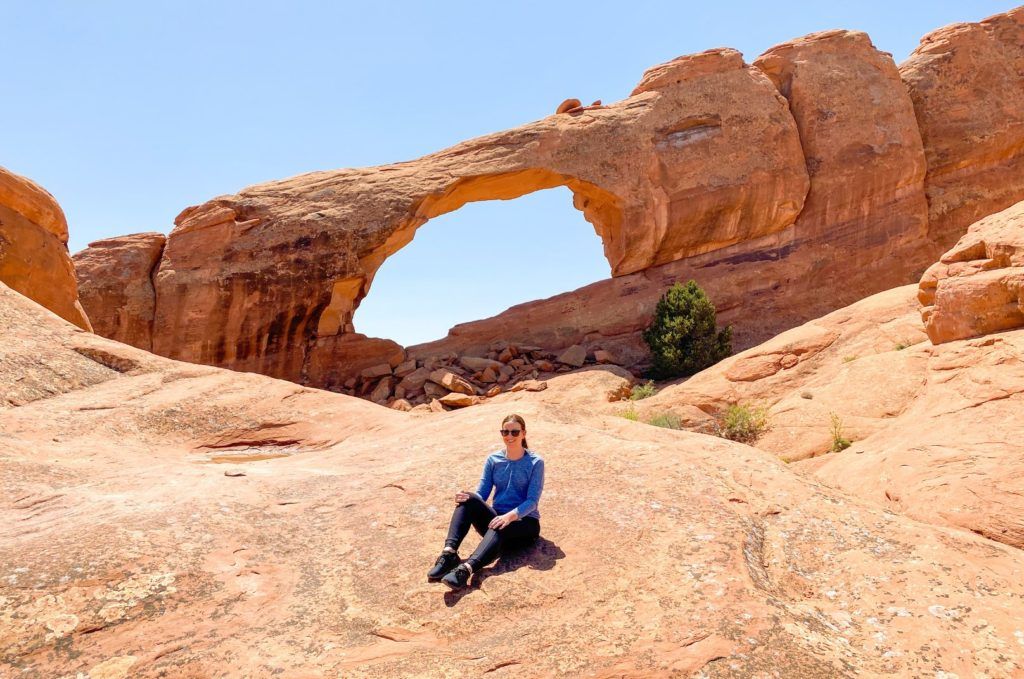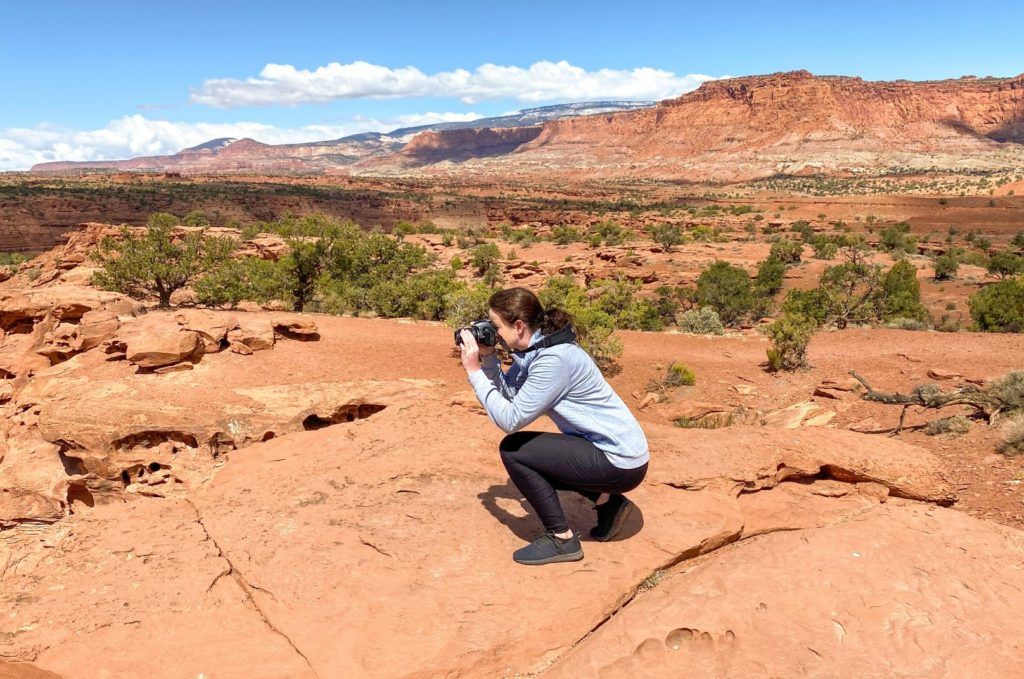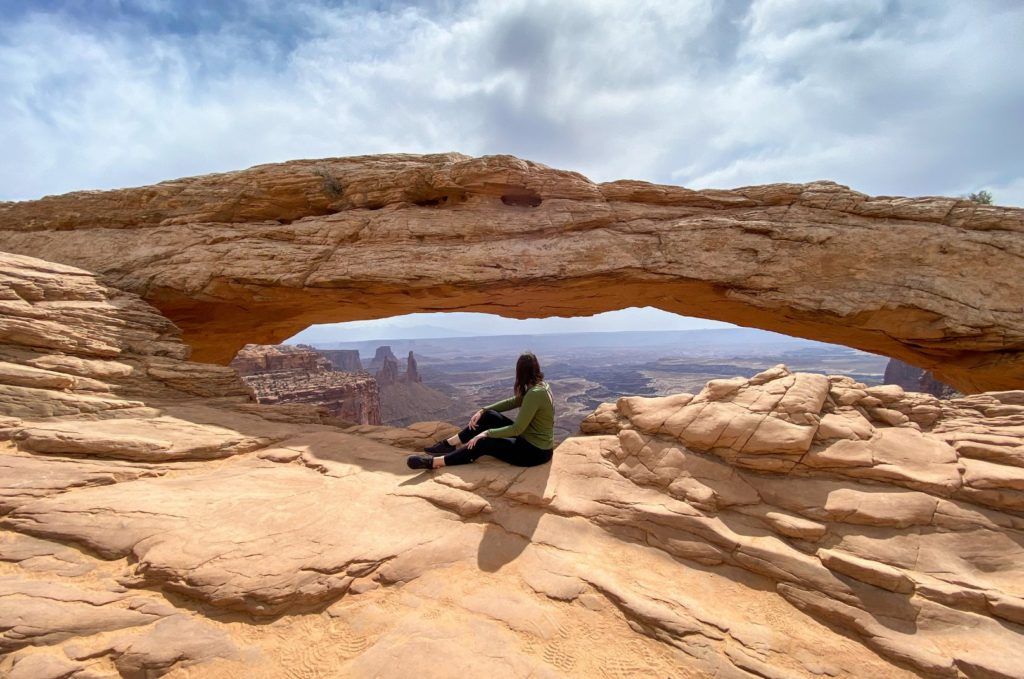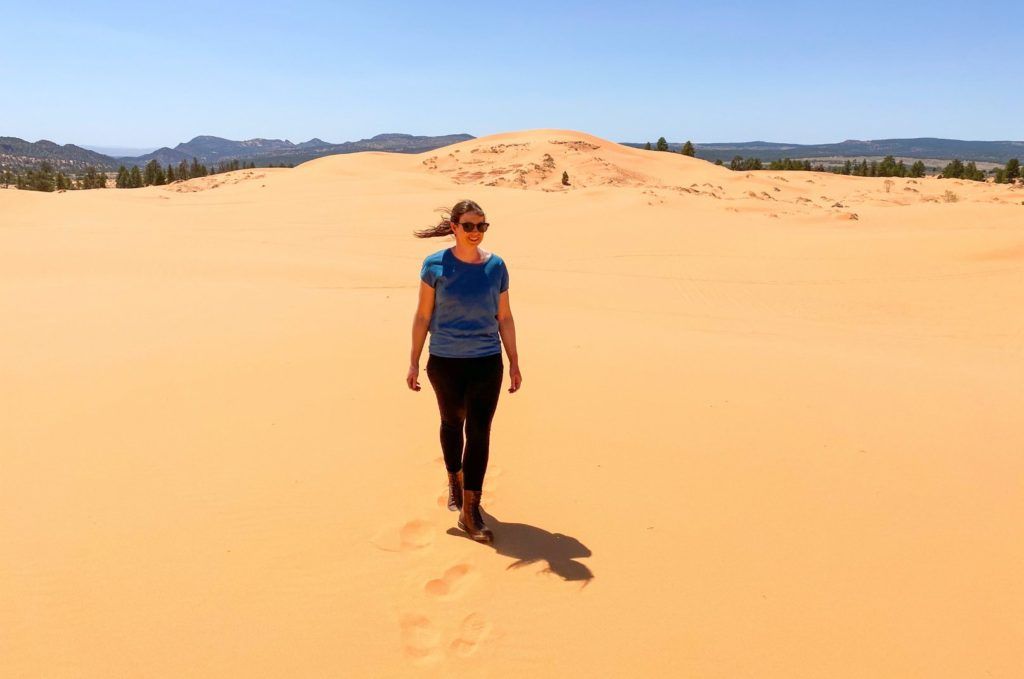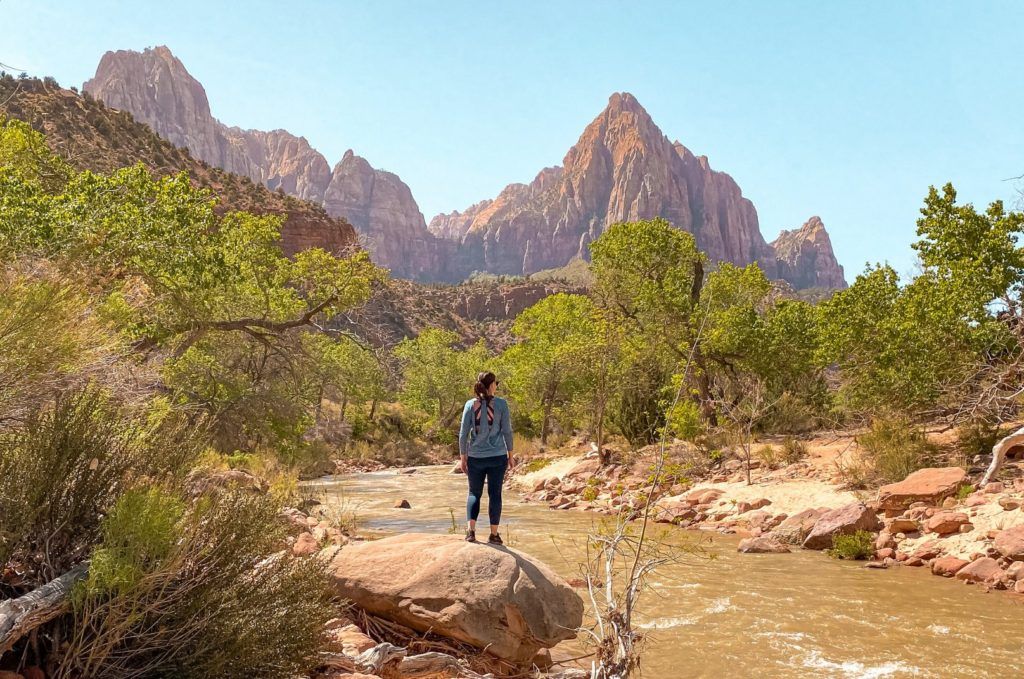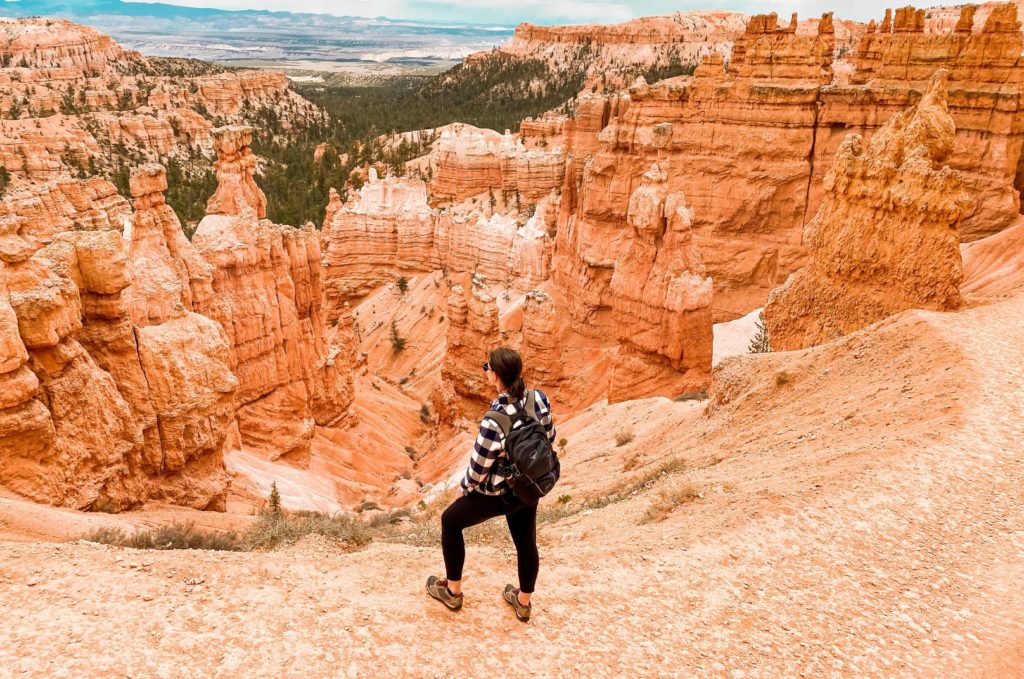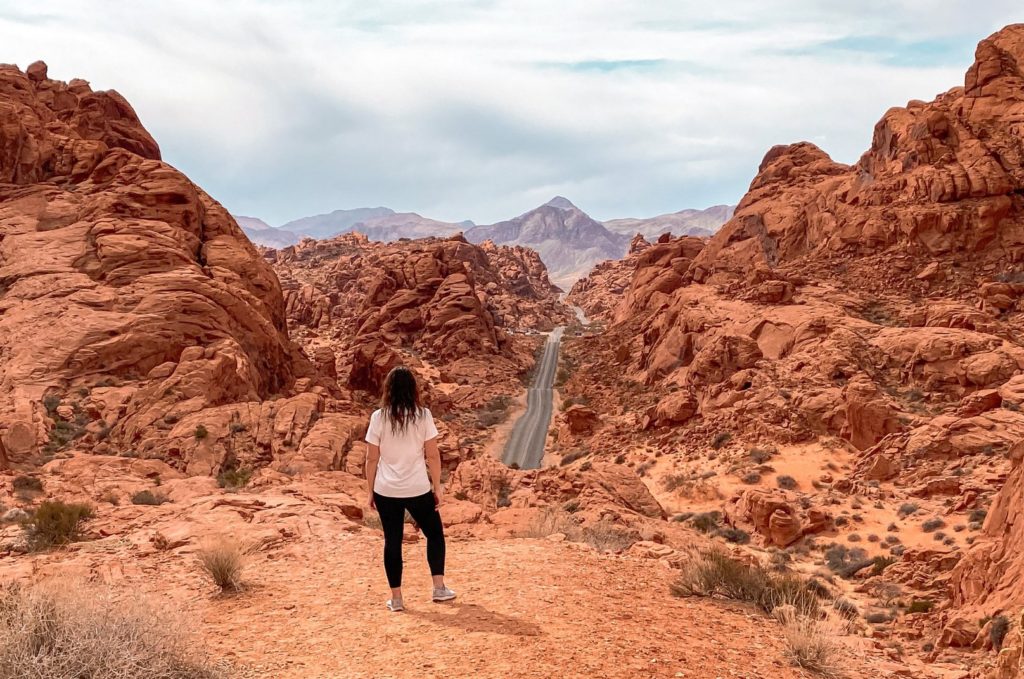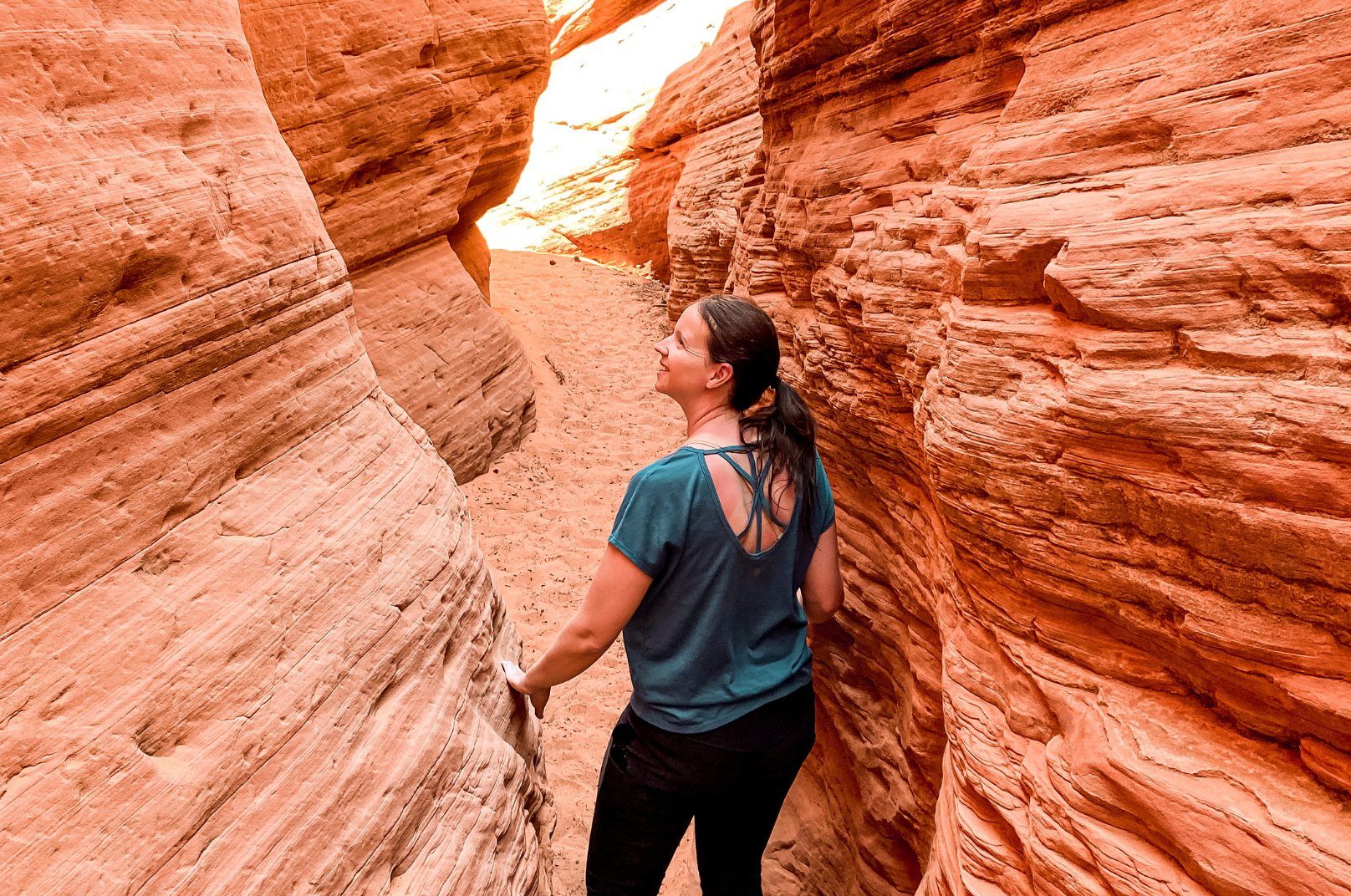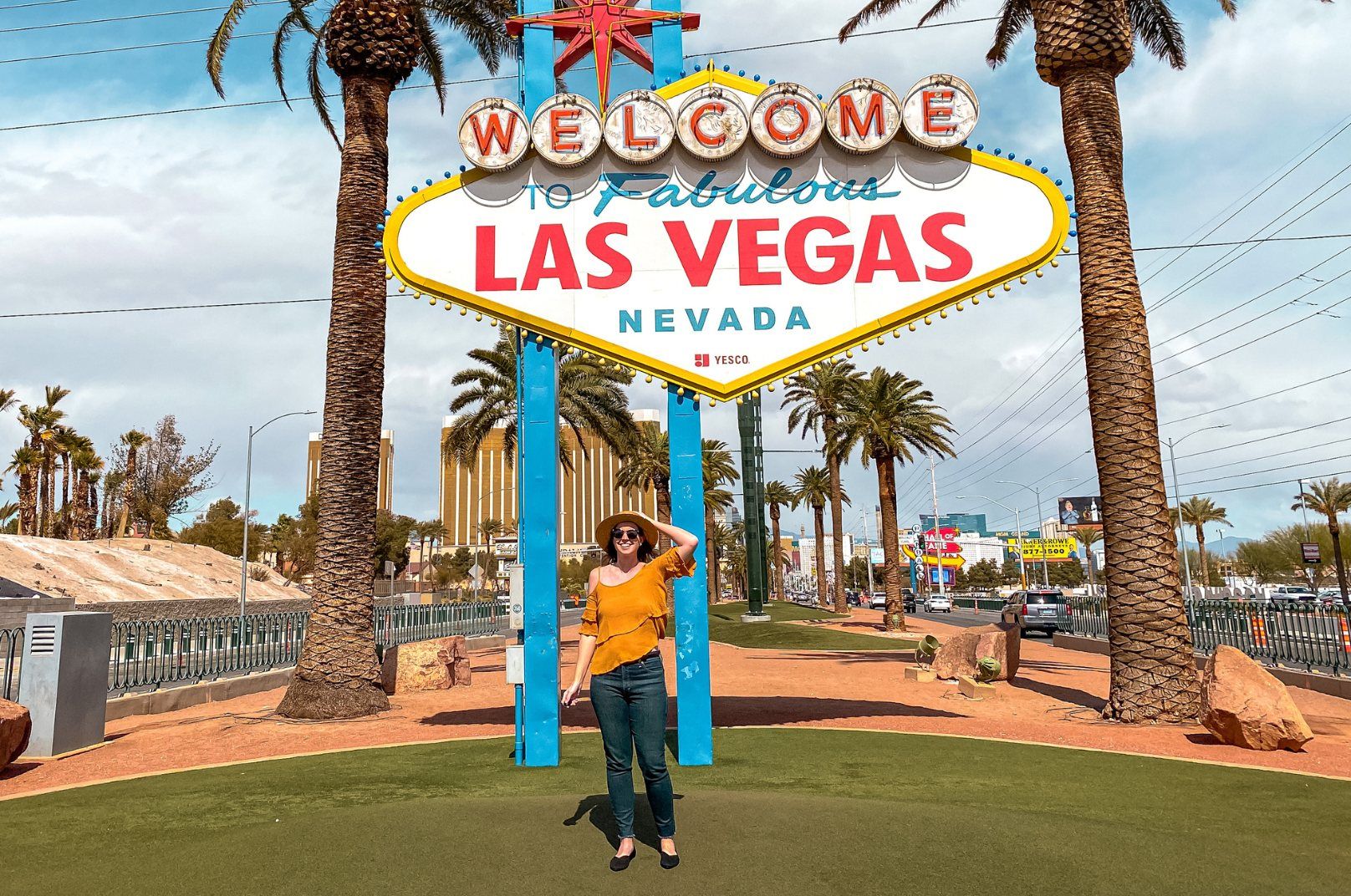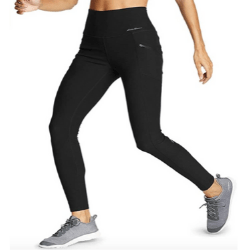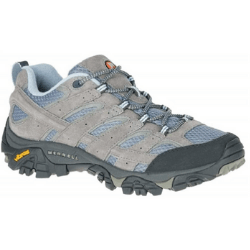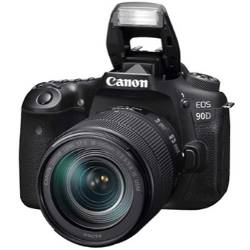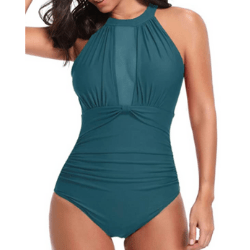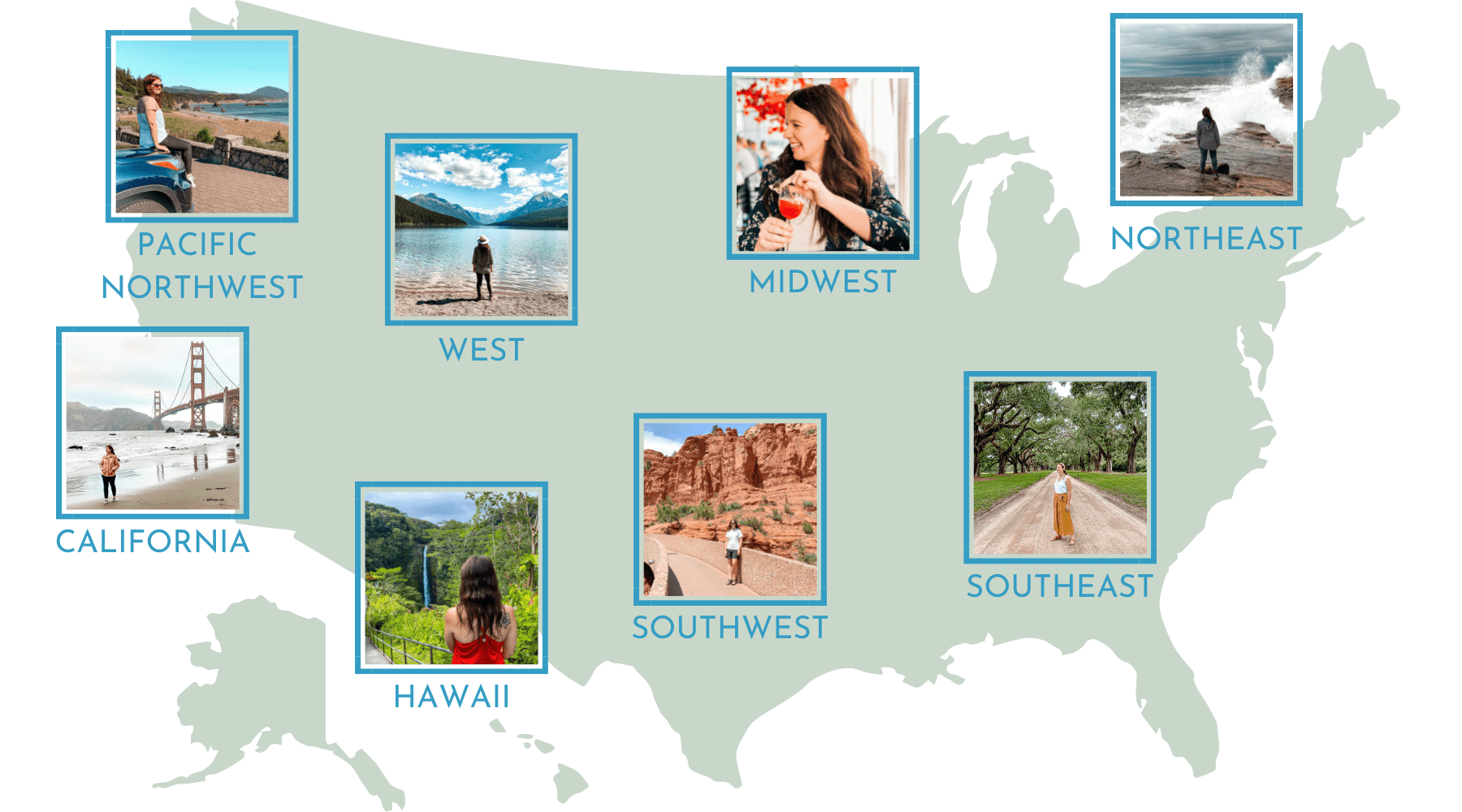Autumn
Fall is a fantastic season to visit the West because the temperatures have cooled off, but the days are still long and sunny. The foliage will be changing into vibrant colors in every state. Plus, prices and tourist numbers will be decreasing from the peak summer season.
You’ll want layers for the mornings and evenings, and in late-October and November, you’ll need warmer layers for the whole day, especially in the higher elevations.
During these months, all of the National Parks and roads will still be open.
Winter
In Winter, you can choose between snow resorts like Aspen, Vail, and Jackson Hole. Or you can head to the deserts for drier weather.
But even in the deserts, the weather will be cold, so make sure you come with plenty of layers.
Winter is the low travel season for the West. So prices and tourist numbers will be at some of their lowest. The exceptions to this are the ski resorts and the National Parks during Christmas and New Year’s.
Some Parks will have trail or road closures, so make sure you check in advance whether a trek or drive is open.
Spring
The warm, pleasant days and refreshingly cool nights make Spring an excellent time to visit. Wildflowers will be blooming, and you’ll see more wildlife.
All roads and trails will re-open, and as long as you avoid the peak Spring Break weeks from mid-March to early April, the crowds and prices will still be relatively low.
You’ll still want warm layers for the mornings and evenings.
Summer
Summer days are sunny and hot. Daytime temperatures can be in the 90s (24-28°C), and temperatures will be even higher in the deserts. The nights will be pleasant temperatures for camping out under the stars.
The northern states and higher elevations can still be chilly in the mornings and evenings, so bring a couple of layers with you.
Be aware that, like most places in the U.S., summer is the peak travel season because of school breaks, so crowds and prices will be at their highest.
 Destinations
Destinations Packing
Packing Travel Tips
Travel Tips
 Photography
Photography Points & Miles
Points & Miles Credit Cards
Credit Cards